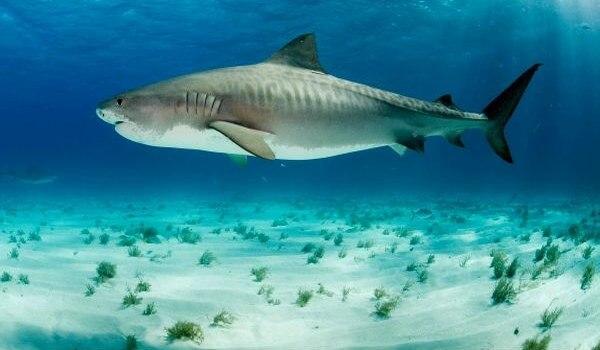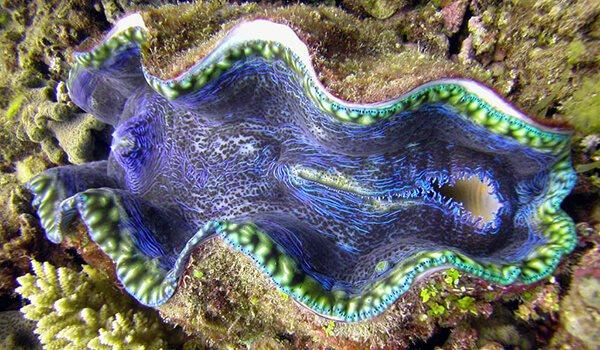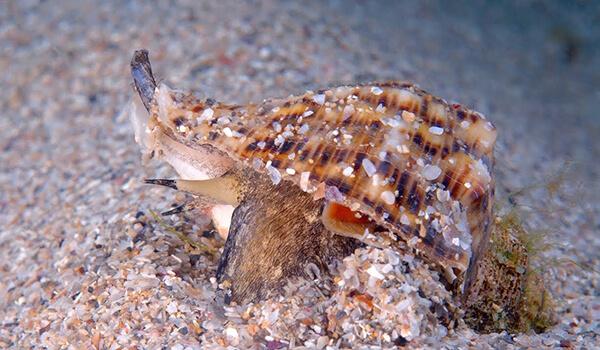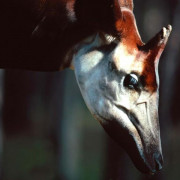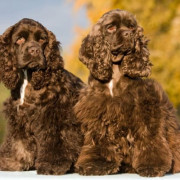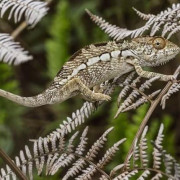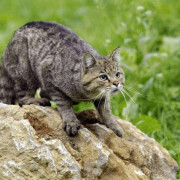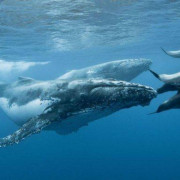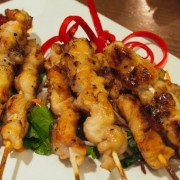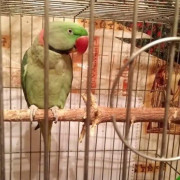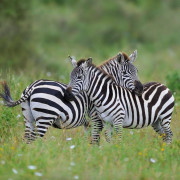Гигантский стромбус
Phylogeny
|
|||||||||||||||||||||||||||||||||||||||||||||
| A simplified version of the phylogeny and relationships of the Strombidae according to Simone (2005) |
|
||||||||||||||||||||||||||||||||||||||||||||||||||||||||||||||||||||||||
| Phylogeny and relationships of Eastern Pacific and Atlantic Strombus species, according to Latiolais et al. (2006) |
The phylogenetic relationships among the Strombidae have been mainly accessed in two different occasions, using two distinct methods. In a 2005 monograph, Simone proposed a cladogram (a tree of descent) based on an extensive morphoanatomical analysis of representatives of the Aporrhaidae, Strombidae, Xenophoridae, and Struthiolariidae. However, according to Simone, only Strombus gracilior, Strombus alatus, and Strombus pugilis, the type species, remained within Strombus. In Simone’s cladogram, these three species constituted a distinct group based on at least five synapomorphies (traits that are shared by two or more taxa and their most recent common ancestor). The remaining taxa were previously considered as subgenera, and were elevated to genus level by Simone in the end of his analysis.
In a different approach, Latiolais and colleagues (2006) proposed another cladogram that attempts to show the phylogenetic relationships of 34 species within the family Strombidae. The authors analysed 31 species in the genus Strombus and three species in the allied genus Lambis. The cladogram was based on DNA sequences of both nuclear histone H3 and mitochondrial cytochrome-c oxidase I (COI) protein-coding gene regions. In this proposed phylogeny, Strombus pugilis, Strombus alatus, Strombus granulatus and Strombus gracilior are closely related and appear to share a common ancestor.
Referencias
- Linnaeus, C. (1758). Systema Naturae, 10th ed., vol. 1. 824 pp. Laurentii Salvii: Holmiae (Stockholm, Sweden). p. 745.
- Clench, W. J. (1937). «Descriptions of new land and marine shells from the Bahama Islands.» Proceedings of the New England Zoölogical Club 16: 17–26, pl. 1. (Stated date: 5 February 1937.) On pages 18–21, plate 1 figure 1.
- Smith, M. (1940). World Wide Seashells: illustrations, geographical range and other data covering more than sixteen hundred species and sub-species of molluscs (1 edición). Lantana, Florida: Tropical Photographic Laboratory. p. 131.
- McGinty, T. L. (1946). «A new Florida Strombus, S. gigas verrilli«. The Nautilus 60: 46–48, plates. 5–6: plate 5, figs. 2–3; plate 6, figs. 7–8.
- Burry, L. A. (1949). Shell Notes (Lantana, Florida: Frank Lyman) 2: 106-109.
- Petuch, E. J. (1994). Atlas of Florida Fossil Shells. Chicago Spectrum Press: Evanston, Illinois., xii + 394 pp., 100 pls. On page 82, plate 20: figure c.
- Bouchet, P. (2014). Lobatus gigas (Linnaeus, 1758). Accessed through: World Register of Marine Species at http://www.marinespecies.org/aphia.php?p=taxdetails&id=564730 on 2015-01-13
- García-Cubas, A. y Reguero, M.; 2004; CATÁLOGO ILUSTRADO DE MOLUSCOS GASTERÓPODOS DEL GOLFO DE MÉXICO Y MAR CARIBE; Dirección General de Publicaciones y Fomento Editorial Instituto de Ciencias del Mar y Limnología; México, D.F.; 168 pp.
- ↑ Shapiro, Leo; Strombus gigas Linnaeus, 1758; acceso por: EOL rapid response; http://eolspecies.lifedesks.org/pages/18845 (visitado el 13/01/15)
- Apéndices I, II y III de la CITES; acceso por: Convención sobre el comercio internacional de especies amenazadas de fauna y flora silvestres; http://www.cites.org/esp/app/index.php
- Pérez Pérez, M., Burgos Rosas, R., Cervera Cervera, K., Espinoza Méndez, J. C.; 2002; Situación Pesquera del Caracol Strombus gigas en Yucatán; FORO REGIONAL DE CARACOL DEL GOLFO DE MÉXICO Y MAR CARIBE.
Estado de conservación
El caracol rosado sostiene una importante fracción de la pesquería en el Caribe. Desafortunadamente la especie se ha vuelto tan escasa que ahora está enlistada en el Apéndice II (especies que no están necesariamente amenazadas de extinción pero que podrían llegar a estarlo a menos que se controle estrictamente su comercio) de la Convención sobre el comercio internacional de especies amenazadas de fauna y flora silvestres (CITES). Este caracol es consumido por su carne y también por lo hermoso de su concha (se vende como souvenir). La recuperación de este organismo ha sido lenta. Se decretó veda permanente (Diario Oficial de la Federación del 26 de julio de 1988).
Описание
Размеры раковины 15—35 см. Раковина очень большая, массивная, овально-конической формы. Окраска раковины варьирует от светло-бежевой до коричневой. Осевая скульптура образована широкими лопастевидными рёбрами и грубыми линиями нарастания. Устье раковины белое или ярко-розовое, с широкой наружной губой, имеющей в нижней части выемку. Губа раковины с волнистым краем, особенно у молодых особей. Верхняя часть губы по мере роста моллюска вытягивается к вершине раковины и порой практически достигает её, гораздо реже может бывать даже выше. Как и у других видов рода, на раковине, рядом с коротким открытым сифональным каналом имеется узкая, но глубокая «стромбоидная» выемка.
Оперкулюм служит данному моллюску дополнительной опорой при передвижении. Сам моллюск обычно передвигается резкими скачками. Глаза моллюска находятся на цилиндрических стебельках, причем при передвижении левый стебелёк выходит через устье раковины, а правый — через «стромбоидную» выемку на наружной губе.
Description
Anatomy
Live animal of the Florida fighting conch Strombus alatus: Note the extensible snout in the foreground, and the two stalked eyes behind it.
Like almost all shelled gastropods, conches have spirally constructed shells. Again, as is normally the case in many gastropods, this spiral shell growth is usually right-handed, but on very rare occasions it can be left-handed.
True conches have long eye stalks, with colorful ring-marked eyes at the tips. The shell has a long and narrow aperture, and a short siphonal canal, with another indentation near the anterior end called a stromboid notch. This notch is where one of the two eye stalks protrudes from the shell.
The true conch has a foot ending in a pointed, sickle-shaped, operculum, which can be dug into the substrate as part of an unusual «leaping» locomotion.
True conches grow a flared lip on their shells only upon reaching sexual maturity. This is called an alated outer lip or alation.
Conches lay eggs in long strands; the eggs are contained in twisted, gelatinous tubes.Strombus moves with a leaping motion.
